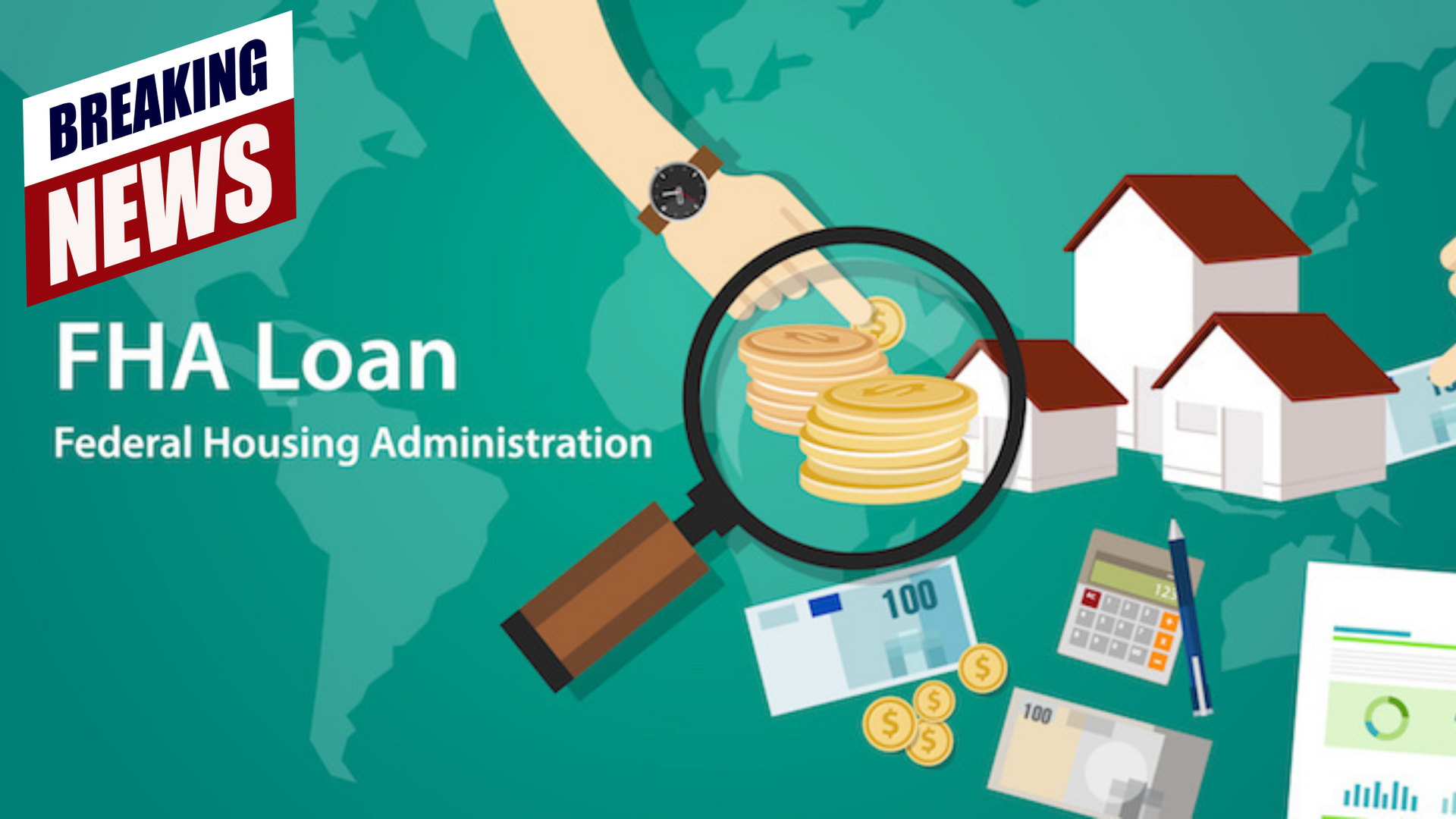Every week we release educational videos related to hot topics in the mortgage industry on YouTube.
Subscribe to our channel to stay in-the-know!
Are you thinking about finally buying a home this year? Read on for a complete guide on how to buy a home in eight easy steps.
It may surprise you to learn that, in 2021, 34% of people buying a home were first-time homebuyers. As of December 2022, the average home price in Texas was $331,000 .
If you're looking to buy a home or invest in property, you need to understand the basic steps of purchasing real estate. This will help you prepare your budget and organize important documents so you can secure a mortgage.
Keep reading our complete guide to buying a home in Texas so you can learn the ins and outs of how to buy a home in 2023!
Most people want to determine closing cost fees in term of a percentage. This can be challenging, since it depends on what your loan amount is to determine an exact percentage. But for the sake of the article, we could say anywhere from 2% to 5% of your loan amount is the total of all fees to be paid at closing.
Whether paying cash for a home, or obtaining financing through a mortgage, you should consider negotiating with the seller to give a credit toward your closing costs. This can be done with your real estate agent at the time you make the offer to purchase the home.
PMI, better known as Private Mortgage Insurance, is generally required on Conventional loans that have less than a 20% down payment. Here is a video on how this PMI is calculated. It is later able to be removed, once the home owner meets certain qualifications.
Before you look to invest in residential real estate, its important to understand what you can afford and what your monthly budget is. A great start is to refresh your list of monthly expenses for both mandatory and discretionary expenses. I have a great, simple chart for you to do that HERE.
Review carefully your household expenses, and your after tax income deposited every month, so you can be clear what your disposable monies available are for your house payment. A house payment will consist of principal, interest, property tax, insurance and PMI if applicable. It will not include other monthly expenses like utilities or maintenance, and other hidden costs when buying a home .
Start getting referrals to a local Texas lender that you can trust. They'll help you calculate what your monthly payment could be so you can look for potential homes that will meet your budget goals.
For a loan pre-approval, speak to your mortgage lender about how to apply for a loan. Your loan pre-approval will help you determine the monthly mortgage amount you qualify for and what you can expect to pay each month. The mortgage community takes this process very seriously!
Expect to provide paperwork, and have your credit pulled. This will ensure that all aspects are thoroughly reviewed, before you make offers, and have earnest money at risk. Our suggestion is to consider obtaining a valid pre-approval within 6 months or more from when you want to move. This will not only help you have a peace of mind, but will enhance your chances of having a successful home buying experience!
One last important detail to note, is that a pre-qualification differs from an actual pre-approval. Here is a video where I have explained the two differences.
A pre-qualification is a review of credit only, while a pre-approval additionally reviews income, assets and special circumstances. Obtaining a pre-approval letter early will help in your home search, as sellers and realtors view anyone with a pre-approval letter as a serious buyer.
Here are 4 of the most important factors when it comes to getting PRE - APPROVED for a mortgage loan in Texas.
For a comprehensive guide on everything required for mortgage pre-approval in Texas, visit our guide here. Once you compile these documents, you can work with your lender on applying for a mortgage pre-approval letter for your new home.
>> Here's a handy checklist on the documents required from your lender to get pre-approved. Download the free guide here.
Realtors play a crucial role in the real estate transaction. Did you know that the realtor's commission is in most cases paid by the seller? Look for a realtor with excellent reviews, a proven track record, and familiarity with the area you want to live in. It's a great idea to ask family and friends for references of realtors they have used in the past.
Once you select a realtor, you'll likely be asked to sign a buyer's representation agreement with them. This agreement means they're the realtor representing you and working in your best interest.
As of December 2022, there were over 91,000 home listed for sale in Texas. That's a lot of homes to sort through! Before you begin your search, make a list of likes, dislikes, amenities, etc that you will require.
Imagine your perfect scenario of a dream home. Further your list with negotiables and non-negotiable in those amenities. Consider the safety of the area, local school districts, and access to public transportation if you commute to work.
Once you work with your realtor and find the perfect home, it's time to put in an offer, which means a proposal, to the seller. In this step, you will offer a price, terms, possible credits to closing costs, and a timeline for closing, to name a few.
You will offer a deposit on the home, also called earnest money. This will be credited at the closing. There is a contingency of time to get the home inspected! That is called an option period.
If the home inspection finds any major issues, you can renegotiate the purchase price with the seller or back out of the transaction. These steps is where your realtor really comes in handy.
Even in 2023, there are many markets that are still seeing multiple offers. To make your offer more attractive to the seller, here are some tips:
Once the seller agrees to your offer, it's time to move forward with your loan. From here your lender can initiate the final loan process once they receive the contract agreement.
By this stage you've already been pre-approved for a mortgage, so most of the leg work has already been completed.
Expect at this stage to refresh any paperwork. Documents like paystubs and bank statements must be dated within 30 to 45 days of closing.
Also, if your credit is more than 100 days old, it will need to be pulled again.
First, let's define the difference between an appraisal and inspection. A house inspection is where the condition of the house, such as electrical hazards, heating and lighting, and signs for deferred maintenance are inspected.
A home appraisal is an estimated value for the house at its current market value. If you are obtaining a loan, a home appraisal is required. However, a home inspection is optional. Although not required, you should think twice before skipping the inspection process in order to save upfront dollars. This could be the trigger that determines future unseen maintenance and issues with the home.
Here is a video that further describes the differences between a home inspection and a home appraisal.
Closing day is the most exciting part of the process! This is where all the details come together. First, you should expect that at a minimum of 3 days before closing, your lender is required to issue your closing disclosure.
This is a final itemization of your fees, and cash to close. You will need a cashier check or wire for closing funds. No personal checks, money orders, bitcoin or cash is accepted.
If your are purchasing a primary residence, and are married, your legal spouse, even if separated, is required to sign a few documents at closing. Be sure to discuss this with your lender if there are issues with this step! Have your government issued id ready. Be sure that it is not expired on closing day.
The closing process will normally be held at the title company. Remote closing by notary are likely available, so be sure to discuss this with the title company , your lender, and your realtor weeks ahead of closing day, so that all goes smoothly!
Hopefully this information has empowered you with some vocabulary and knowledge on the steps you need to take to buy your next home. Remember that trusted referrals to both realtors and lenders could enhance your buying experience and be sure that you have the best resources available for your important decision.
We would love to help! Loan with Jen is a trusted team of experts since 1995. Helping thousands of home owners just like you! Contact us today to discuss your next step.





All Rights Reserved | Jennifer Hughes Hernandez | Senior Loan Officer | NMLS #514497
Full service residential lender with an experienced team offering expert service, reliable communications and on-time closings in the greater Houston area.

Every week we release educational videos related to hot topics in the mortgage industry on YouTube.
Subscribe to our channel to stay in-the-know!
Gardner Financial Services, Ltd., dba Legacy Mutual Mortgage, NMLS #278675, a subsidiary of Texas Partners Bank. 18402 U.S. Highway 281 N, Ste. 258, San Antonio, TX 78259. AZ BK-2001467. Check registration and licensing at nmlsconsumeraccess.org. Legacy Mutual Mortgage is an Equal Housing Lender. This is not a commitment to lend. Material is informational only and should not be construed as investment or mortgage advice. Legacy Mutual Mortgage is not an agency of the federal government. Not all loan products are available in all states. All loans are subject to credit and property approval. Not all applicants qualify. Restriction and conditions may apply. Information and programs current as of date of distribution but may change without notice. [11/2025]